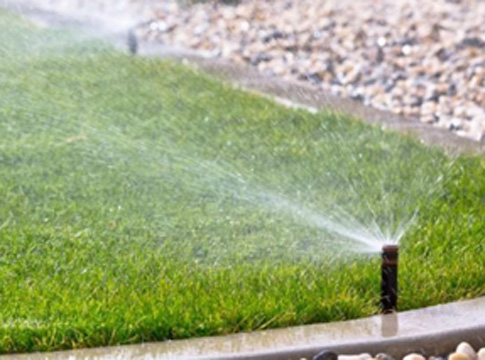Related News
Related News
-
Spill Drill 2024: EWEB & partners practice containing hazardous materials spills on McKenzie River
EWEB coordinates the drill as part of our work to protect the McKenzie River – the source of drinking water for more than 200,000 residents of the Eugene metro area.
Find Out More -
Imagine a Day Without Water 2024
Learn how you can prepare for an extended water outage.
Find Out More -
“We're just surrounded with people who are really helpful."
Michele Victor lost her home, septic system, and two cats to the fire. But thanks to EWEB's Septic System Repair and Replacement Grants, she is one step closer to rebuilding her home.
Find Out More -
EWEB Partners with the City and YMCA to Celebrate New Amazon Park Emergency Water Station Site
Hundreds of attendees practiced filling up water containers at Saturday's demonstration event.
Find Out More -
Source Water Protection Week: Our Commitment to Clean Water
EWEB celebrates our community's commitment to protecting the McKenzie River, the source of Eugene's drinking water.
Find Out More -
September is National Preparedness Month: 3 tips to prepare your home & family
Let's "Be Ready" together!
Find Out More -
EWEB, SUB and RWD join forces at Lane County Fair to distribute water to fairgoers
The Eugene Water & Electric Board, Springfield Utility Board and Rainbow Water District are teaming up for the 9th year to provide fairgoers with clean, cold free water.
Find Out More -
EWEB bids a fond farewell to College Hill Reservoir and prepares for modern drinking water storage tanks
Several hundred Eugene residents came together on May 30 for a Farewell Celebration at EWEB’s College Hill Reservoir before demolition and construction to build modern drinking water storage tanks begins later this year.
Find Out More -
Drinking Water Week 2024
This week, we celebrate the value of clean, safe water, the importance of water infrastructure, and the critical role of water professionals.
Find Out More -
Fixing the Unseen: Water Pipeline Replacement in Unincorporated Eugene
Learn more about EWEB's methods for monitoring and replacing aged water pipelines.
Find Out More -
New tanks come online as EWEB modernizes water system
New drinking water storage tanks are one of several investments to ensure that EWEB can meet critical community needs in the event of an earthquake.
Find Out More -
State of the McKenzie Watershed
EWEB’s Drinking Water Source Protection (DWSP) team says the McKenzie River continues to be an excellent source for drinking water.
Find Out More -
Preparation and Resilience: How EWEB Maintained Water Service During Recent Ice Storm
Learn about the projects and people that helped EWEB keep water flowing throughout the extreme weather event.
Find Out More -
Your EWEB Rates at Work: Investing Today for a Resilient Tomorrow
For more than a century, EWEB has planned, built, and maintained the systems that deliver safe, reliable, and environmentally responsible power and water to Eugene homes and businesses.
Find Out More -
EWEB’s water infrastructure projects designed for reliability during major disasters
As communities nationwide Imagine a Day Without Water, EWEB strives to ensure such a day never happens.
Find Out More - Show More
Be a Good Neighbor: Get Your Backflow Assembly Tested
July 27, 2020

With irrigation season in full swing, now is a good time to protect yourself, your family and your neighbors by making sure any cross connections at your home or business have functioning and tested backflow assemblies.
A cross connection is created when your building's pipe or hoses are connected to a system or container that holds anything other than pure drinking water. Landscape sprinkler systems, swimming pools and fire sprinklers are examples of cross connections.
When you turn on the tap to fill a glass with drinking water, that water flows because the pressure in the distribution system pushes the water out of the pipes, through your tap and into the glass. A change in the pressurized drinking water system can cause water to flow backwards - sucking potential contaminants into the drinking water system as if through a straw.
Even a garden hose sitting in a bucket of soapy, dirty car-washing solution can act as a straw if a low-pressure event occurs. This, too, can send contaminants into the drinking water system.
A functioning and maintained backflow prevention assembly on such systems prevents contaminated water from "backflowing" into the drinking water system. Keep in mind that if a backflow incident occurs, it could contaminate not only your water, but your neighbor's drinking water as well.
The state of Oregon (OAR 333-061-0070) and EWEB require that all backflow prevention assemblies on the systems listed below be tested each year in order to comply with health and plumbing codes.
- Landscape sprinkler systems
- Pools and spas
- Heating, cooling and fire sprinkler systems
- Wells
- Any possible pollutant or contaminant
If you haven't called your regular backflow assembly tester yet for the annual inspection, EWEB and your neighbors ask that you do so immediately. Click here for a list of certified backflow assembly testers.

